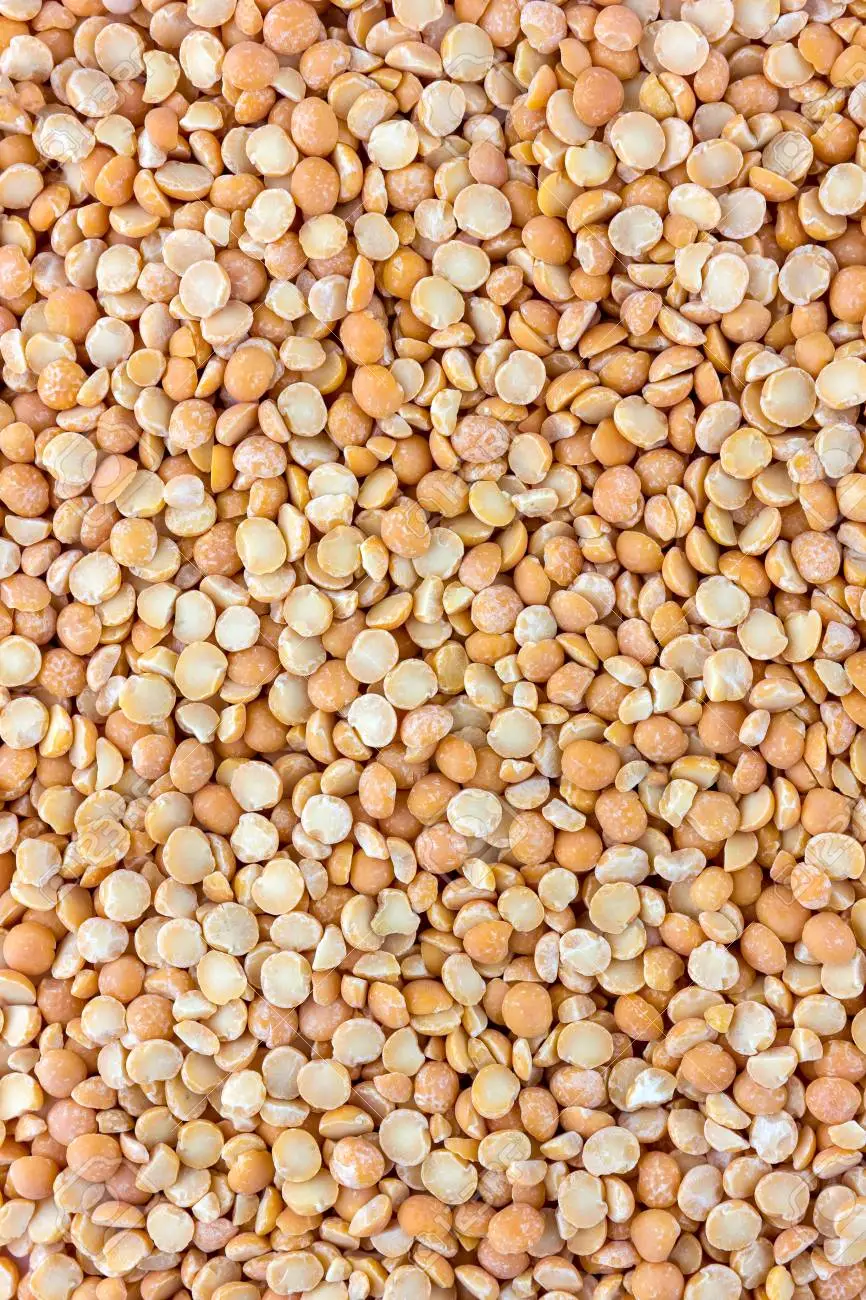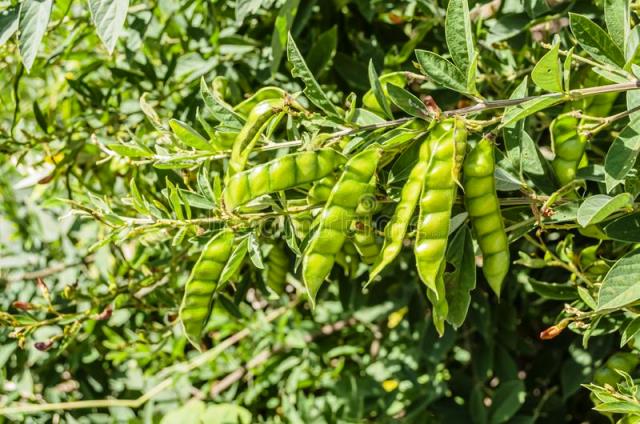

Introduction to Arhar farming
Pigeon pea is scientifically known as Cajanus Cajan. Pigeon Pea belongs to the widespread family of pulses. Also known as Arhar, tur or Red gram, it is a tropical legume that is widely cultivated for its nutritious seeds. Here are some basic guidelines for pigeon pea (Arhar) farming.
Climate and Soil:
Pigeon pea grows well in warm, tropical climates with temperatures ranging between 20 to 30°C. It requires well-drained soil with a pH of 5.5 to 7.5. Arhar or Toor Dal crop requires average rainfall of 600-650 mm with moist conditions for the first eight weeks and drier conditions during flowering and pod development stage, this will result in a highly successful crop. Rains during the flowering result in poor pollination. It is tolerant of drought conditions but does not tolerate waterlogging
Land preparation:
Red gram or Toor Dal is a deep-rooted crop. It responds well to a proper tilth. Land is to be prepared by at least one plowing during the dry season followed by 2 or 3 harrows and disc plowing. Clear the land of weeds and other debris, plow the field to a depth of 15-20 cm, and level the land. The site has a blog on land preparation for greater detail.
Planting:
Pigeon pea can be planted either by direct sowing or transplanting. If direct sowing, sow seeds at a depth of 2-3 cm, and 15-20 cm apart. If transplanting, sow 2-3 seeds in each nursery bed and transplant after 25-30 days. Tall varieties of Arhar should be sown in rows at a distance of 50 cm while dwarf varieties should be shown at 30-35 cm. and with seed to seed spacing of 15-20 cm. The crop gives a much higher yield if it is sown in the last week of May.
Seed Treatment for Toor Dal Plantation:
Treat the seeds with Carbendazim or Thiram@ 2 g/kg of seed 24 hours before sowing (or) with powder formulation of Trichoderma Viride@ 4g/kg of seed (or) Pseudomonas fluorescens@ 10 g/kg seed.
Fertilizers:
Apply farmyard manure or compost at the rate of 10-15 tonnes per hectare, and incorporate it into the soil before planting. Apply 25-30 kg/ha of nitrogen, 60-80 kg/ha of phosphorus, and 40-50 kg/ha of potassium as basal fertilizer.
Irrigation:
Pigeon pea requires moderate irrigation. Provide irrigation once a week during the dry season and once in two weeks during the rainy season.
Inter-cropping in Toor Dal Crop:
Inter cropping is the growing of two or more crops of dissimilar growth patterns on the same piece of land. Such inter-copping optimizes total yield and net profits per unit area. Traditionally arhar is intercropped with cereals, oilseeds, short duration grain legumes (pulses), or cotton for example
Sorghum, pearl millet, maize, finger millet, sesamum, ground nut, soyabean, etc.
arhar is also intercropped with short-duration pulse crops such as mung bean, cowpea, black gram, chickpea, etc.
Recommended seed rate:
The recommended seed rate for pigeon pea (Arhar) farming is about 15-20 kg per hectare. This may vary depending on the variety, soil type, and planting method used. It is advisable to use certified seeds to ensure good germination and yield.
Pests and Diseases:
Arhar is susceptible to pests such as pod borer, stem borer, and leaf hoppers. It is also susceptible to diseases such as wilt, root rot, and leaf spot. Apply appropriate pesticides and fungicides to control pests and diseases. Please also refer to our blog for more details on pests, diseases and prevention of same.
Time from sowing to harvesting:
The time taken for Arhar (Pigeon Pea) crop to reach maturity and for harvesting depends on several factors such as variety, climate, soil fertility, and management practices.
On average, Arhar takes about 5-6 months to mature from the time of sowing. However, this may vary depending on the variety and environmental conditions.
It is important to monitor the crop regularly for pests and diseases and to provide the necessary nutrients, water, and other inputs to ensure optimal growth and yield. Harvesting should be done when the pods have turned brown and dry, and the seeds have reached their maximum size and maturity
Harvesting:
Arhar is ready for harvesting in 5-6 months after planting. Harvest when pods turn brown and dry. Remove the pods and dry them in the sun for 2-3 days. Thresh and winnow the dried pods to remove the seeds.
How to get Arhar dal from Arhar pods:
- Harvest mature Arhar pods from the plant when they are dry and turning brown.
- Remove the seeds from the pods by threshing them. You can do this manually by beating the pods with a stick or by using a machine.
- Once the seeds are separated, remove any dirt or debris by winnowing the seeds. You can do this by throwing the seeds and debris up in the air, allowing the wind to blow away the lighter debris.
- Clean the seeds thoroughly and soak them in water for a few hours.
- Drain the water and rinse the seeds.
- Cook the seeds in boiling water until they are tender. This usually takes around 20-30 minutes.
- Drain the water and let the cooked seeds cool down.
- Once the cooked seeds have cooled, remove the outer shell or skin by rubbing the seeds between your palms.
- Separate the dal from the outer skin by sieving the mixture through a fine mesh sieve.
- Clean the dal thoroughly by rinsing it with water.
Arhar dal is now ready to be used in various dishes such as curries, soups, and stews.
Yield:
The average yield of Arhar is around 800-1000 kg/ha.
Benefits and advantages:
- Survive in poor soil conditions and tolerant of dry weather.
- Nutritious and high-protein pulse crop.
- Leaves can be used for animal feed or fodder
- The fast-growing plants make good shade for other crops, e.g. vegetables, herbs, vanilla..
- Perennial for up to 5 years.
- Woody parts can be used for firewood.
- Water and nutrients from deep in the soil can be caught by its deep taproot.
- Plants can be used along with contour barriers for erosion control.
Helps in agro-ecology, Arhar as an excellent for inter crop farming. Even after the harvesting of the inter crops,it continues protecting the soil.
also refer:
1. https://myknowledgebase.in/diseases-and-pests-of-plants/.
The site use GTranslate for multi lingual pages. Please consult the english version if you any doubt any where on the translated pages.
Images are kind courtesy of www.dreamstime.com and are stated to be royalty free.
Leave a Reply